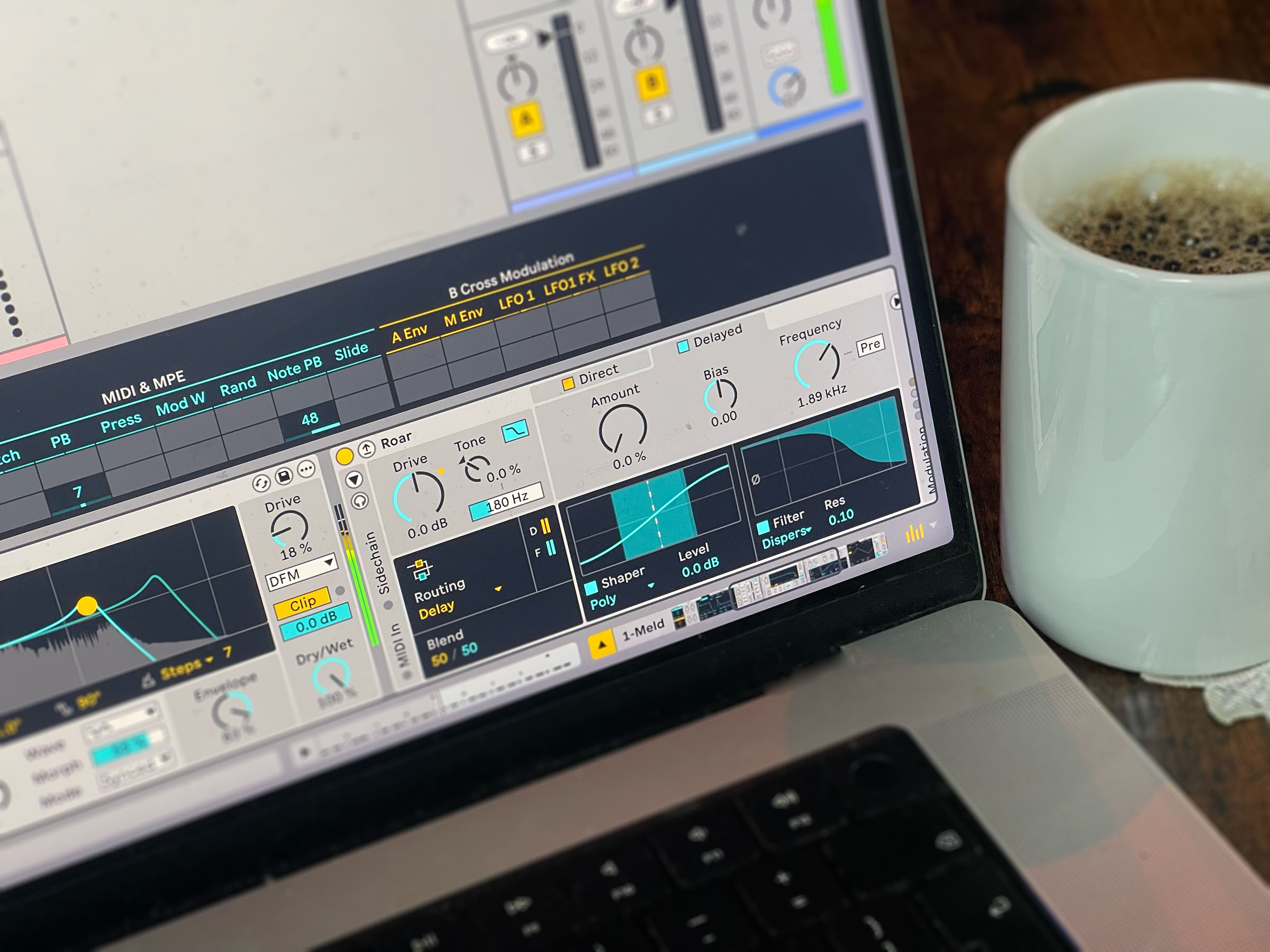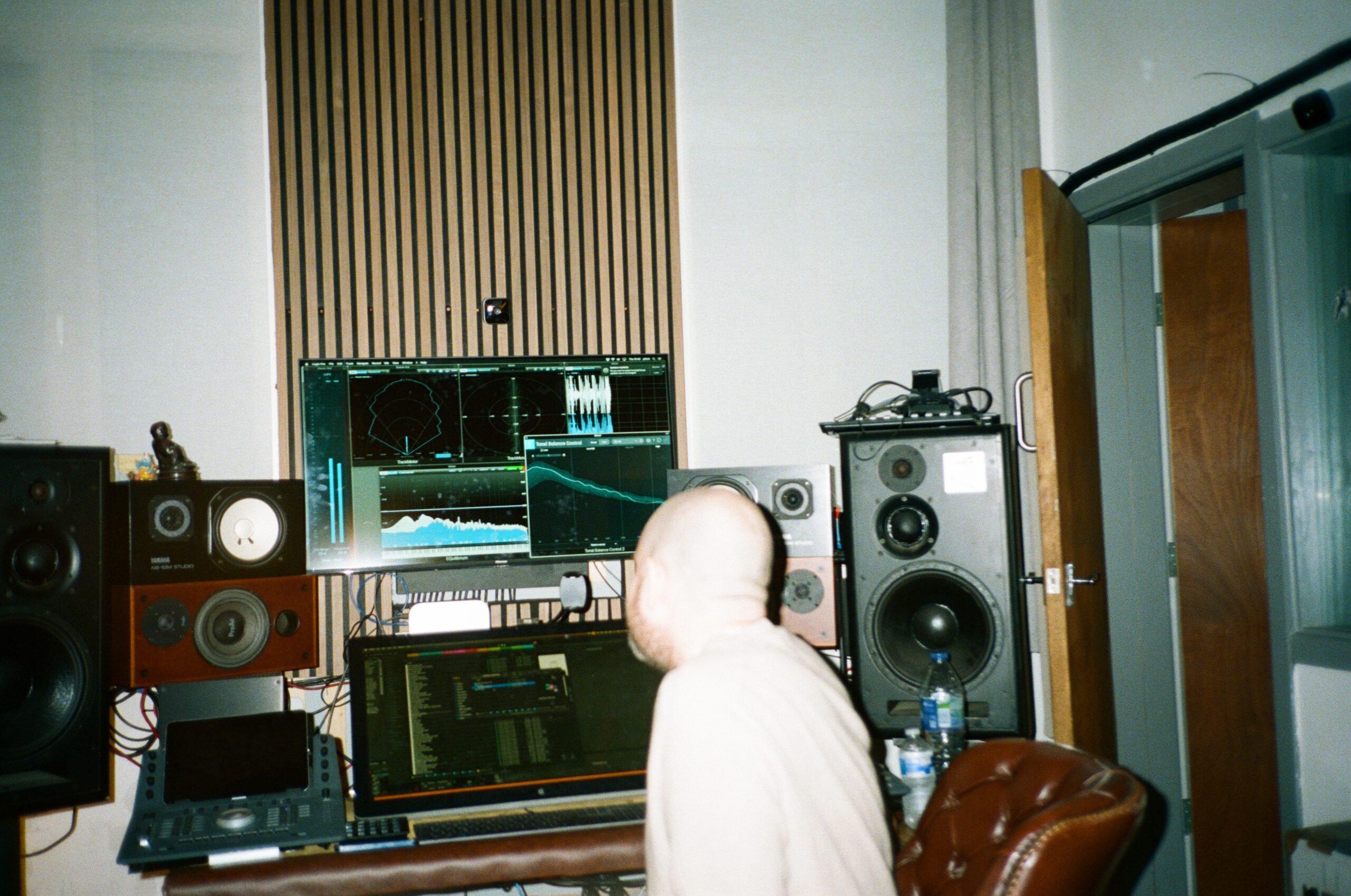Tribeca Review: Takashi Miike’s Sham is a Clint Eastwood-Esque Courtroom Procedural
A workmanlike procedural that does more to suggest a Clint Eastwood drama than the kind of unhinged thriller one’s come to associate with great auteur Takashi Miike, Sham is surprisingly straightforward. The story follows a teacher accused of abusing a student and the ensuing fight to clear his name. Like an Eastwood drama, the focus […] The post Tribeca Review: Takashi Miike’s Sham is a Clint Eastwood-Esque Courtroom Procedural first appeared on The Film Stage.


A workmanlike procedural that does more to suggest a Clint Eastwood drama than the kind of unhinged thriller one’s come to associate with great auteur Takashi Miike, Sham is surprisingly straightforward. The story follows a teacher accused of abusing a student and the ensuing fight to clear his name. Like an Eastwood drama, the focus is largely on its flawed central character; here it’s Seiichi Yabushita (Go Ayano), an elementary school teacher who harbors a bias towards Takuto (Miura Kira), a student of mixed Japanese-American heritage. In the opening sequence, he arrives on a rainy night in 2002 to his house for a parent-teacher conference with mother Ritsuko Himuro (Ko Shibasaki) and seemingly makes several off-color comments about the boy’s “mixed blood.”
This carries into the classroom when Seiichi disciplines the boy for not moving quickly enough. If this part of the story is not in dispute, his tactics are––did he carry out a Pinocchio (pull the boy by his nose) or Bunny (pick him up by his ears)? The film opening with mother Ritsuko’s testimony abruptly sets itself up as if all this happened in full view. Later in the opening moments, Seiichi is observed by the school’s administration and takes it out on the boy on his walk home, leading to PTSD diagnosis and suicide attempt.
What follows is a picture that focuses largely on Seiichi’s attempt to clear his name despite having it dragged in the mud by a local reporter. The trial is civic, not criminal, but the implications are the same, with Seiichi banished from a profession he’s found as a calling over fabricated allegations.
The film’s structure is somewhat unique, with Miike trading on his own brand of psychological thriller to set us up for something menacing. The imagined violence and bloodshed is largely confined to the opening sequence, teasing the audience with the promise of something darker. What follows is a procedural that pushes back and unravels that narrative as an innocent, albeit flawed teacher also learns a lesson. The film refuses to push a few of its buttons harder; it’s understandable that, after the discussion of “tainted blood” and World War II, Ritsuko would have some reservations about the motivations of her son’s teacher, but that is quickly thrown to the side as he attempts to clear his name.
Although it’s not Miike’s finest work in his epic, 60-plus filmography (which, in some years, can include multiple features), Sham is handsomely crafted and reserved with a quiet rage. It’s less interested in Takuto, who has been taken advantage of throughout the process, than in clearing Seiichi’s name. Miike offers a disarmingly simple premise with only a few moments that allow for Seiichi’s rage to fully be on display, such as when attacked by a reporter in the rain. By refusing to wade into cliches, Sham could be taken as either a straightforward drama that doesn’t take advantage of its “based on a true story” premise to explore a broader range of themes or an expertly crafted work of minimalism from a master who is playing a few new notes.
Sham screened at the 2025 Tribeca Festival.
The post Tribeca Review: Takashi Miike’s Sham is a Clint Eastwood-Esque Courtroom Procedural first appeared on The Film Stage.




![Relive Old School Arcade Thrills With New Gameplay Trailer for ‘Toxic Crusaders’ [Watch]](https://bloody-disgusting.com/wp-content/uploads/2025/06/toxiccrusaders-1.jpg)
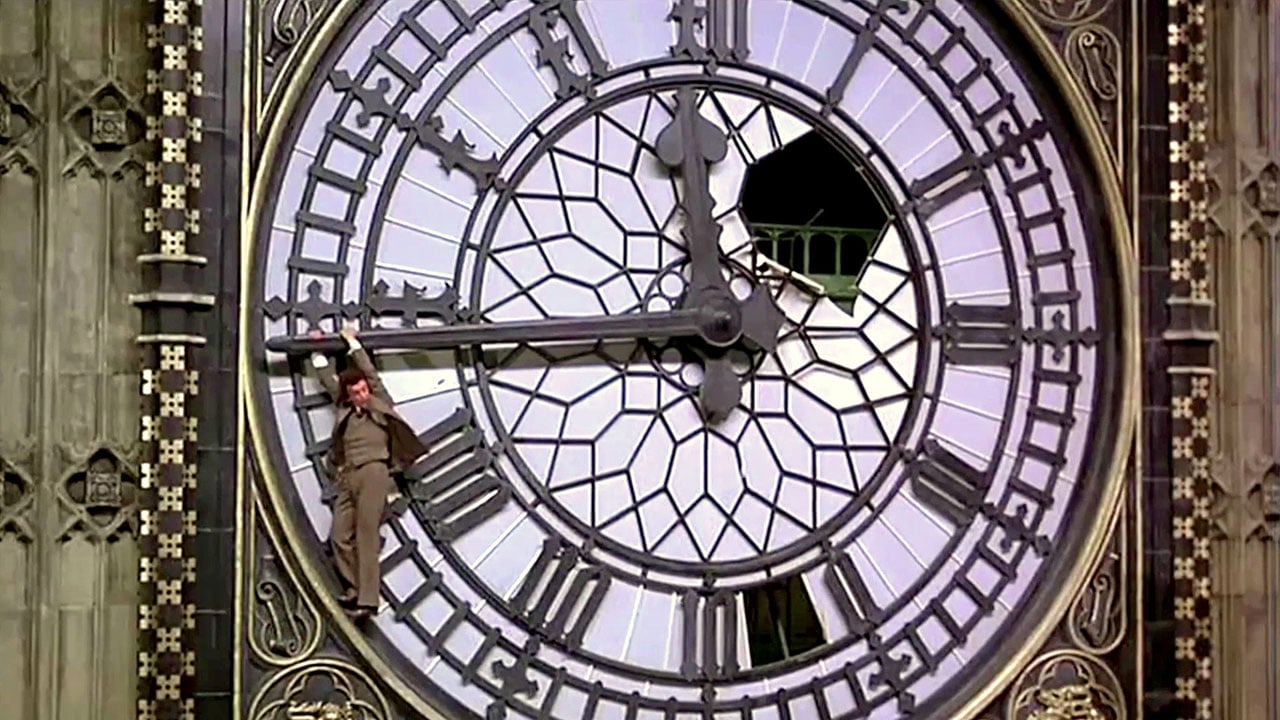
![How the Rage Virus Has Evolved ’28 Years Later’ with New Mutations [Interview]](https://bloody-disgusting.com/wp-content/uploads/2025/06/Screenshot-2025-06-17-123229.png)






















![“[You] Build a Movie Like You Build a Fire”: Lost Highway DP Peter Deming on Restorations, Lighting and Working with David Lynch](https://filmmakermagazine.com/wp-content/uploads/2025/03/1152_image_03-628x348.jpg)

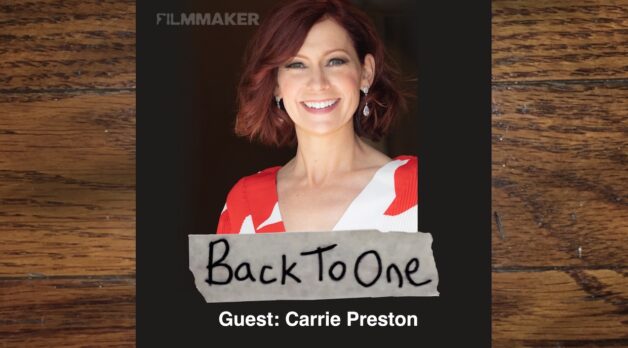



















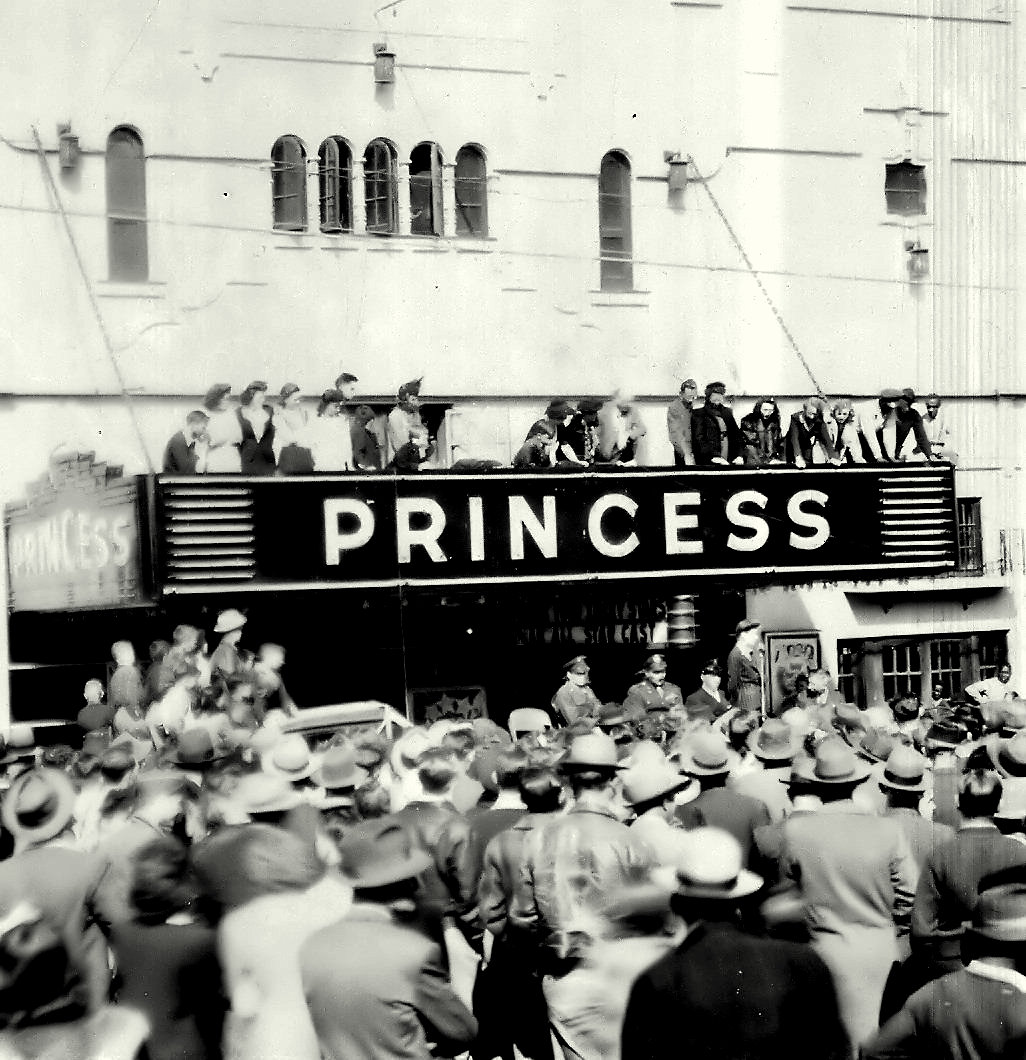
![Reinventing the Present [10]](https://jonathanrosenbaum.net/wp-content/uploads/2011/05/10-driver3.jpg)
![Red Tape [THE STORY OF QIU JU]](https://jonathanrosenbaum.net/wp-content/uploads/2011/06/thestoryofqiu.jpg)




















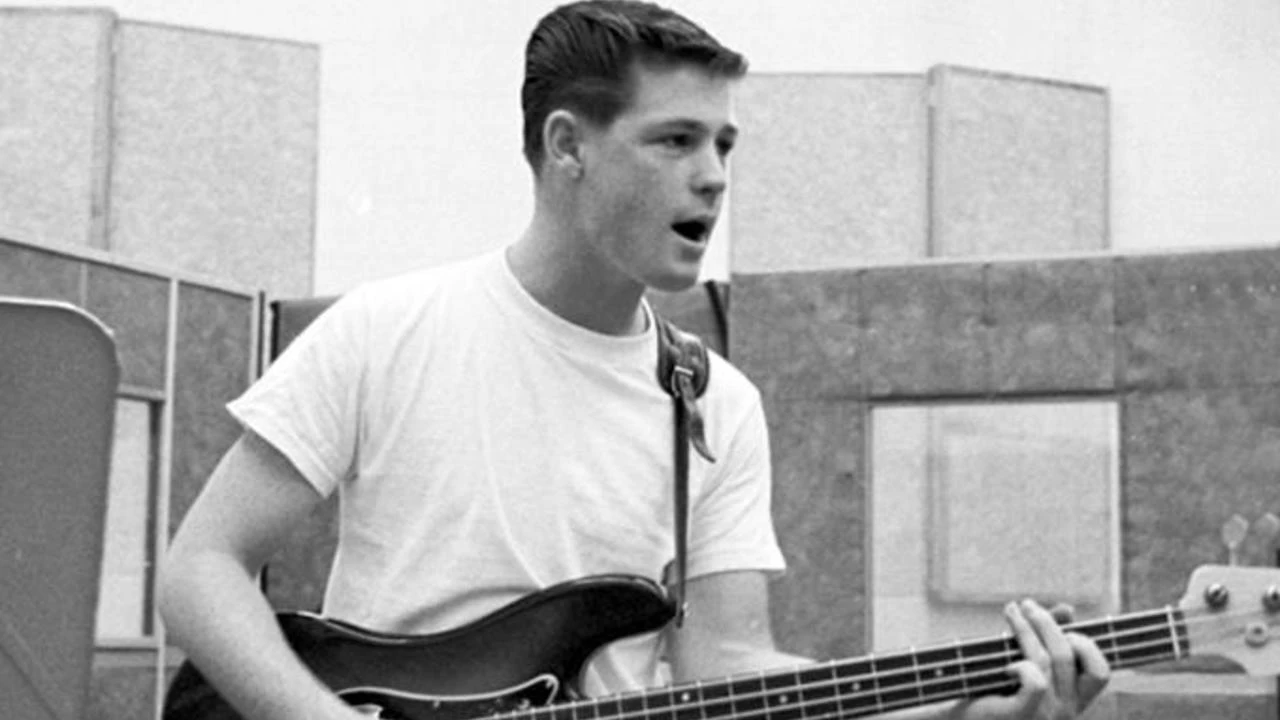




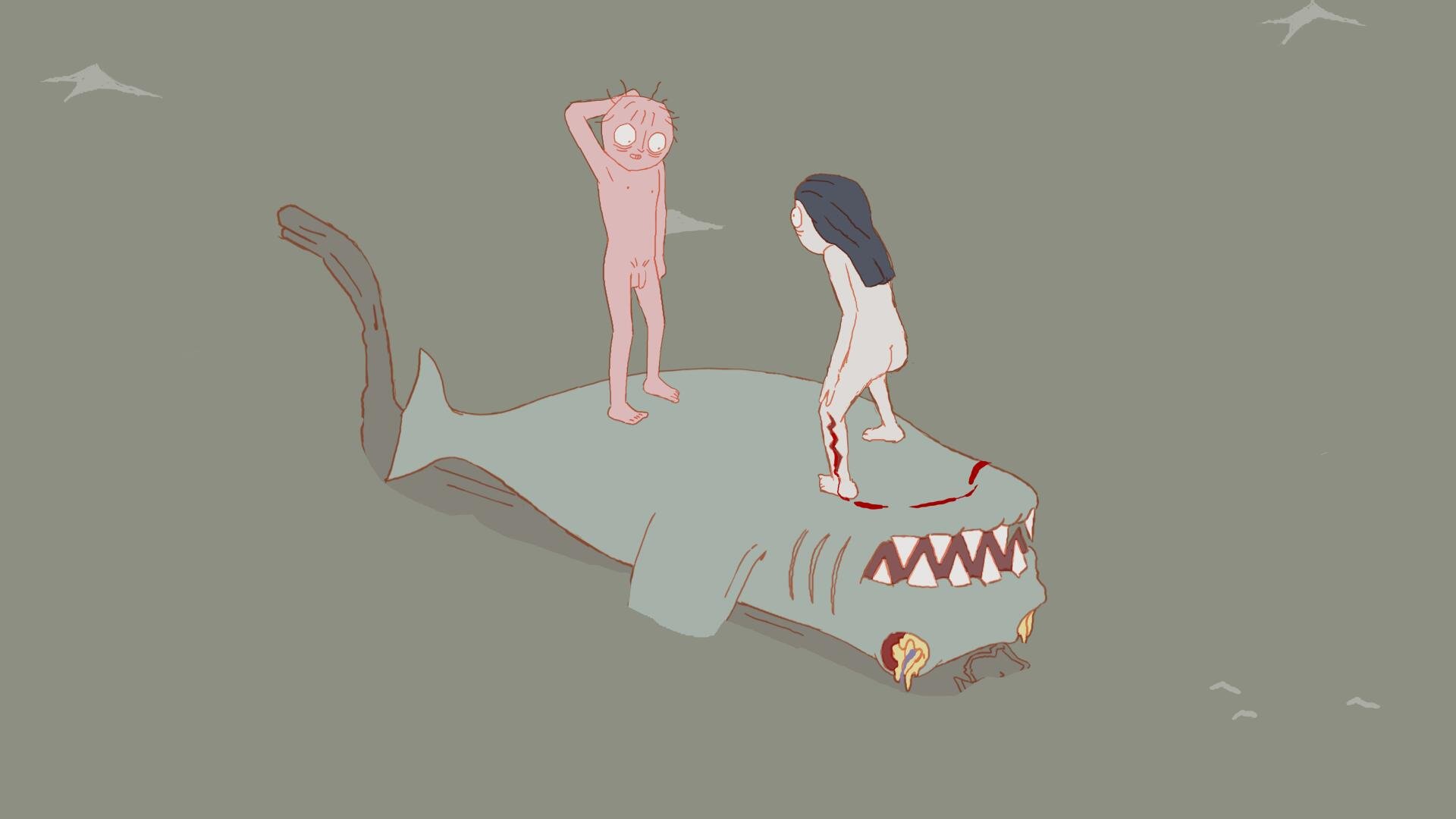



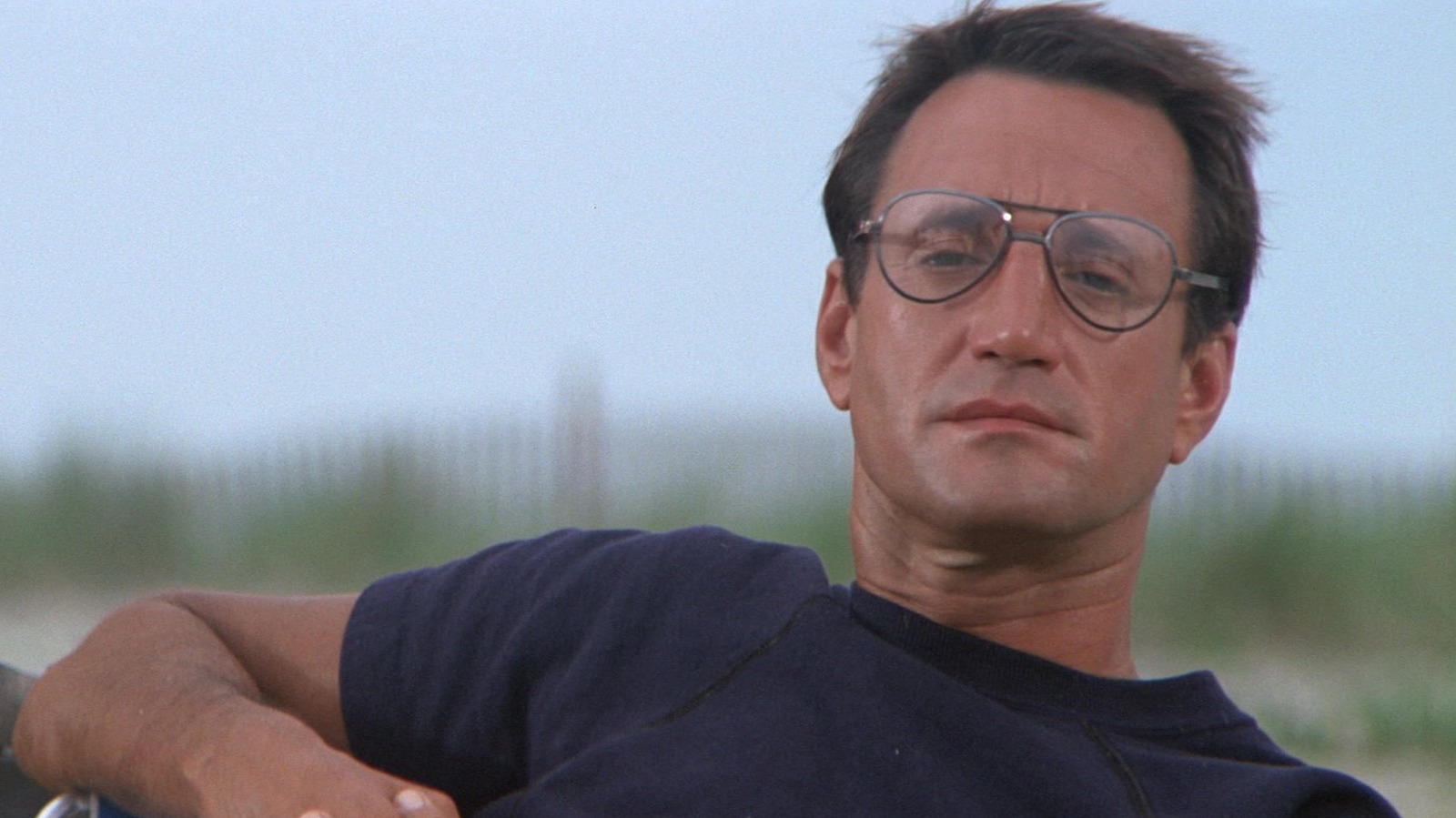

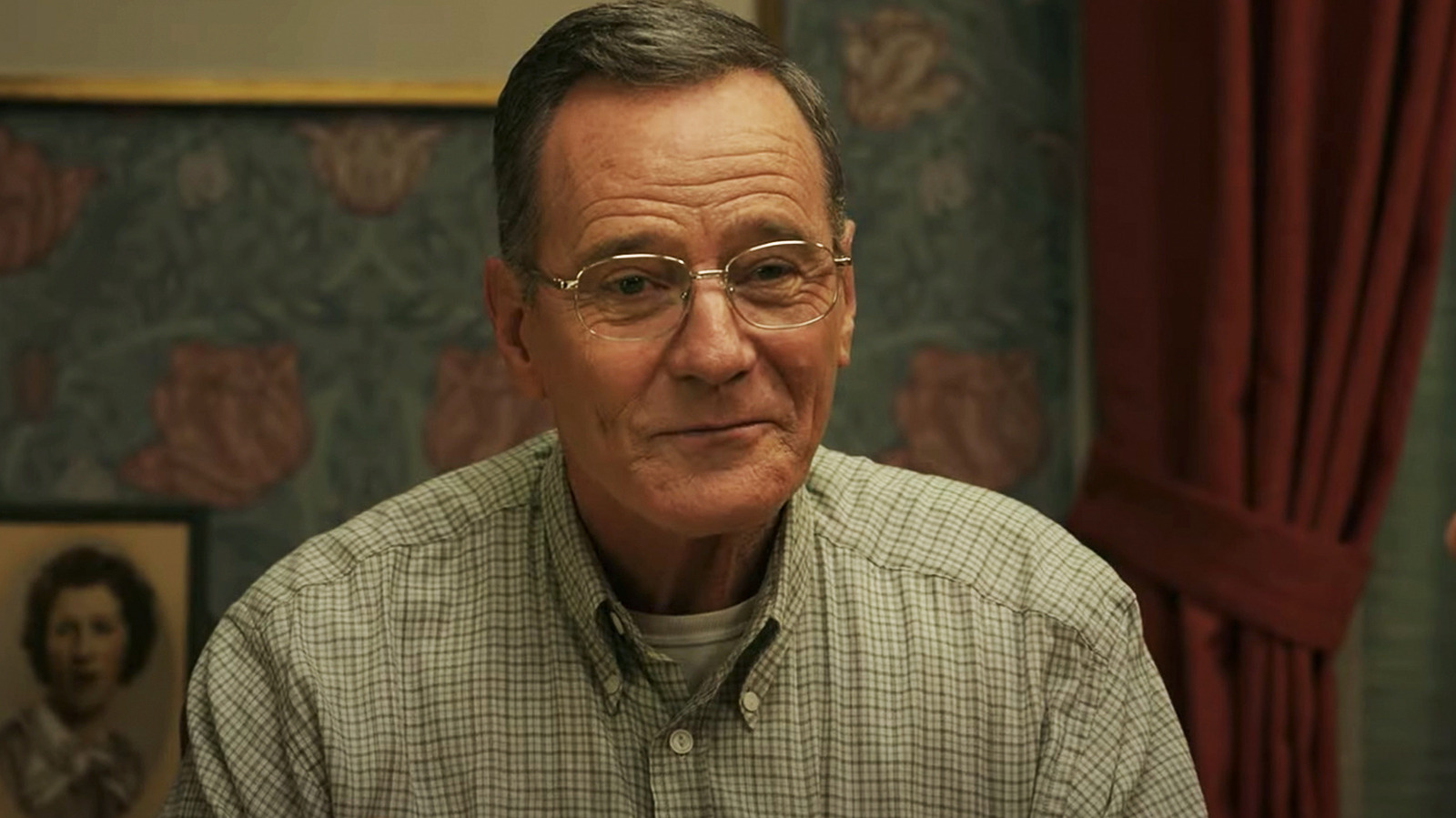





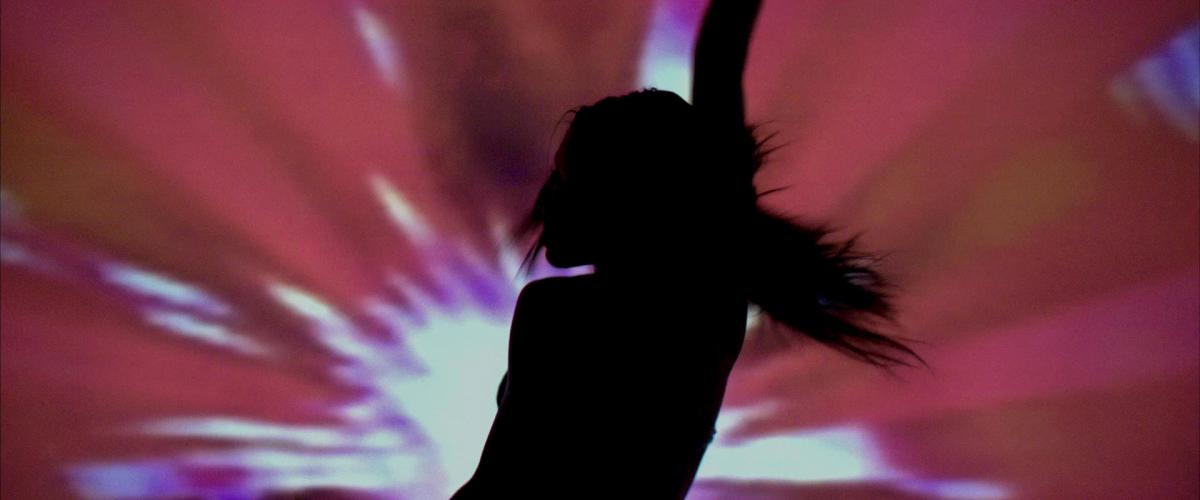



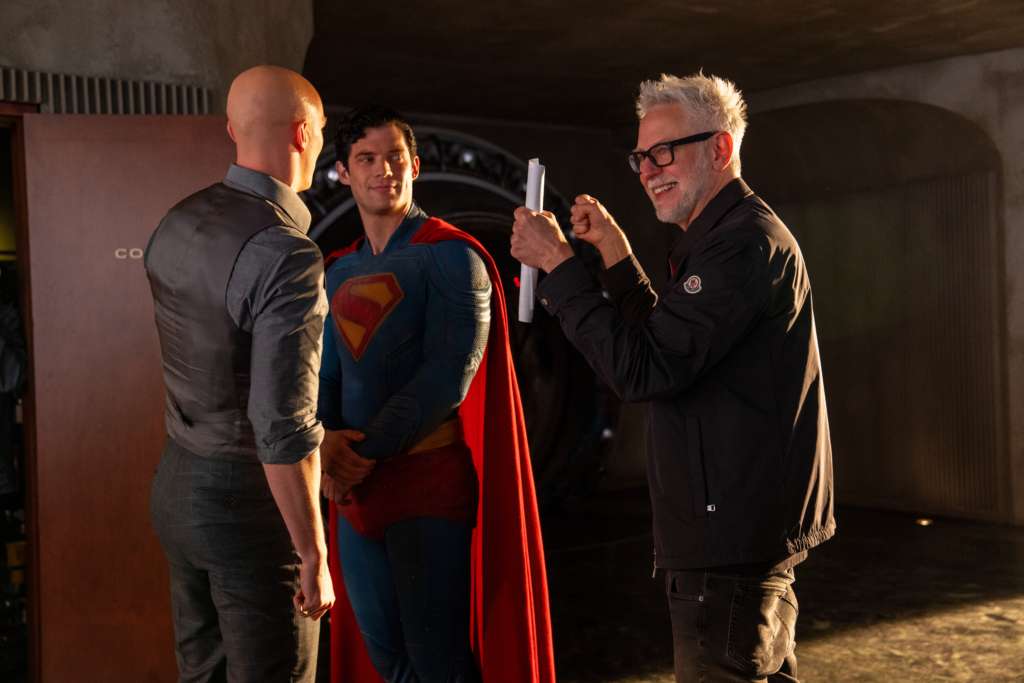







































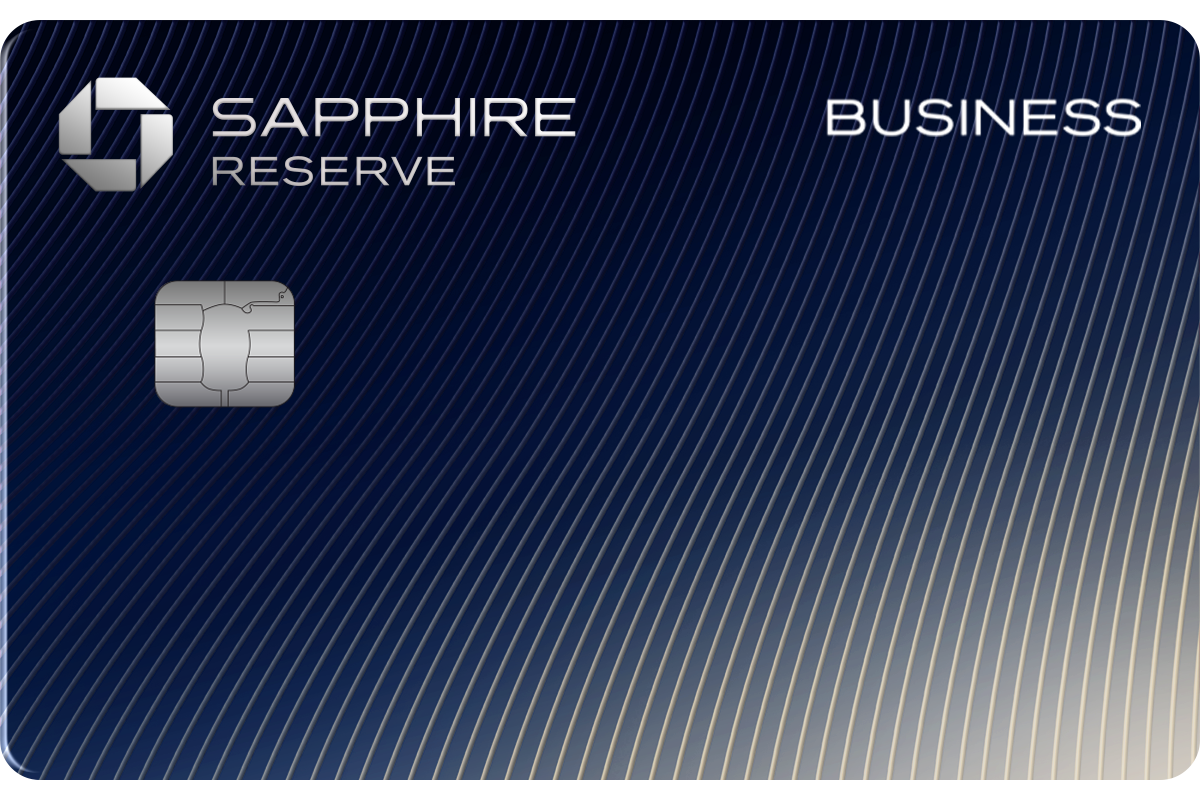





































































































































































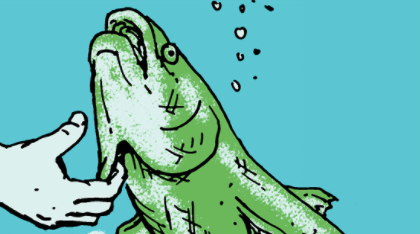






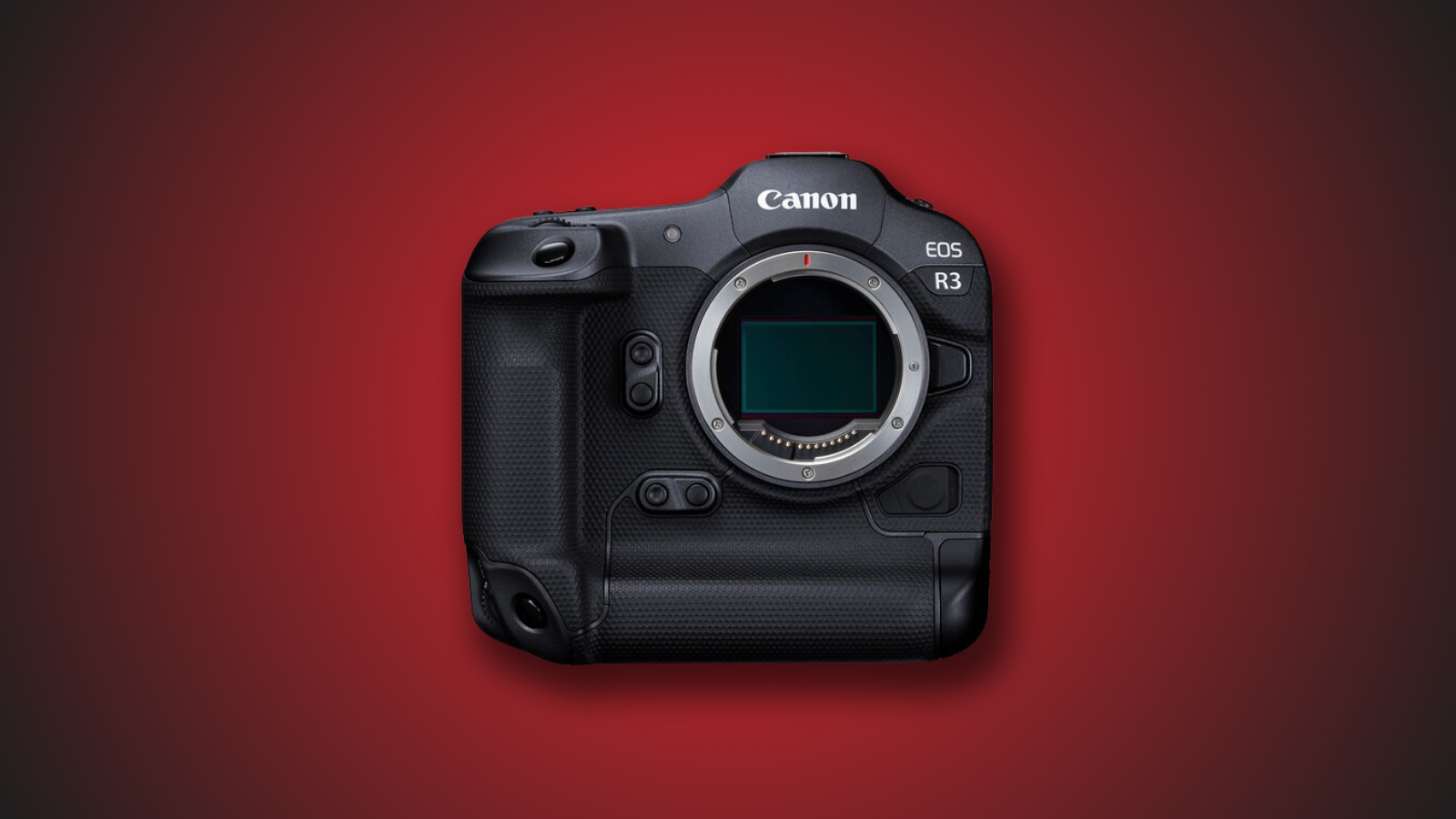








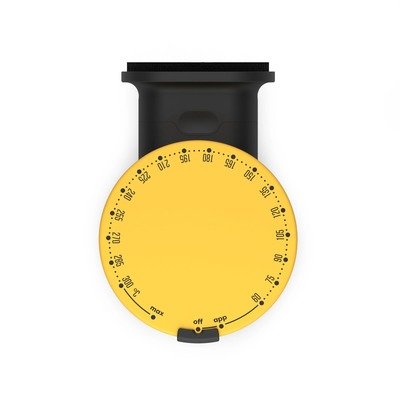





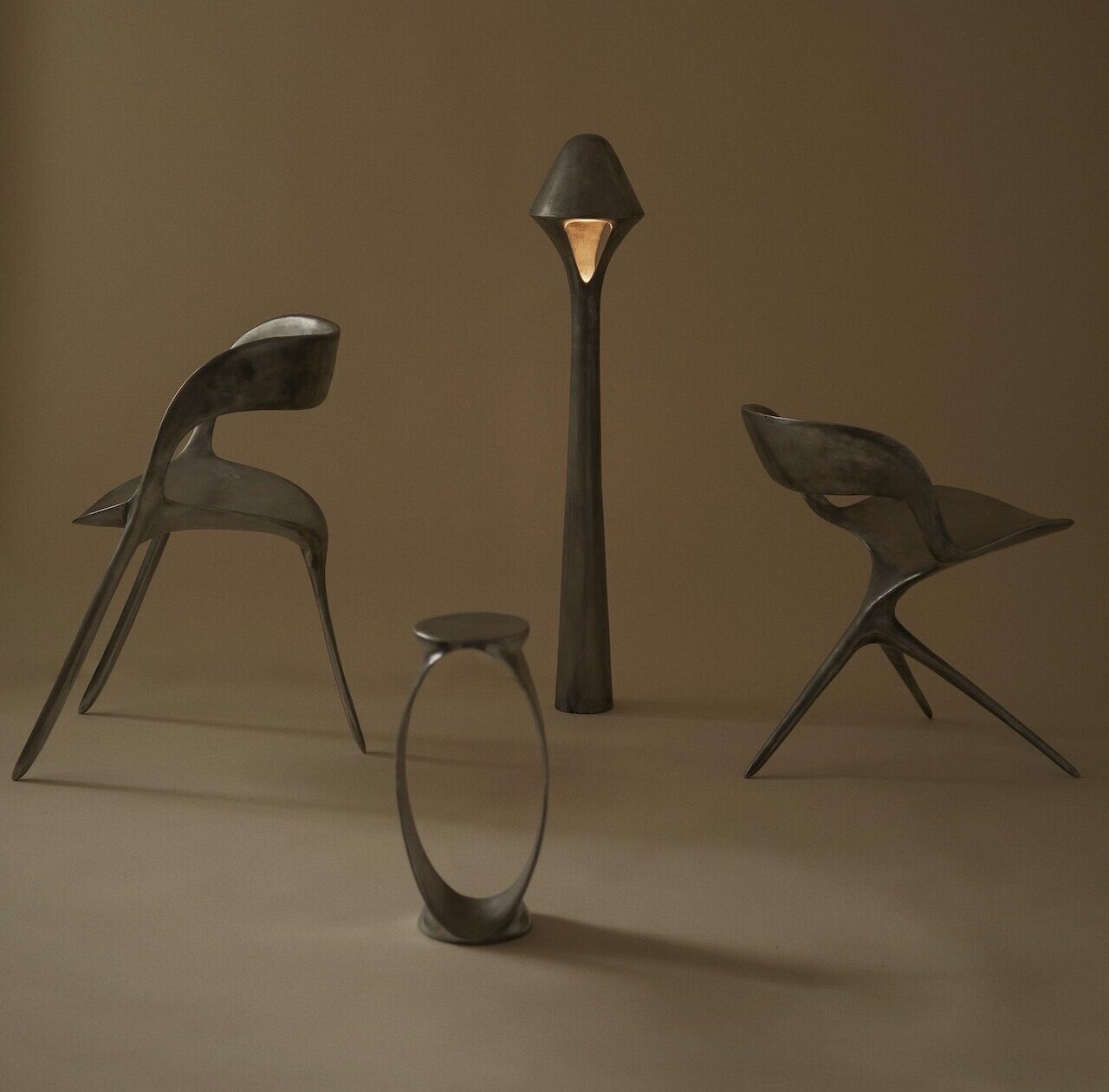





































.jpg)





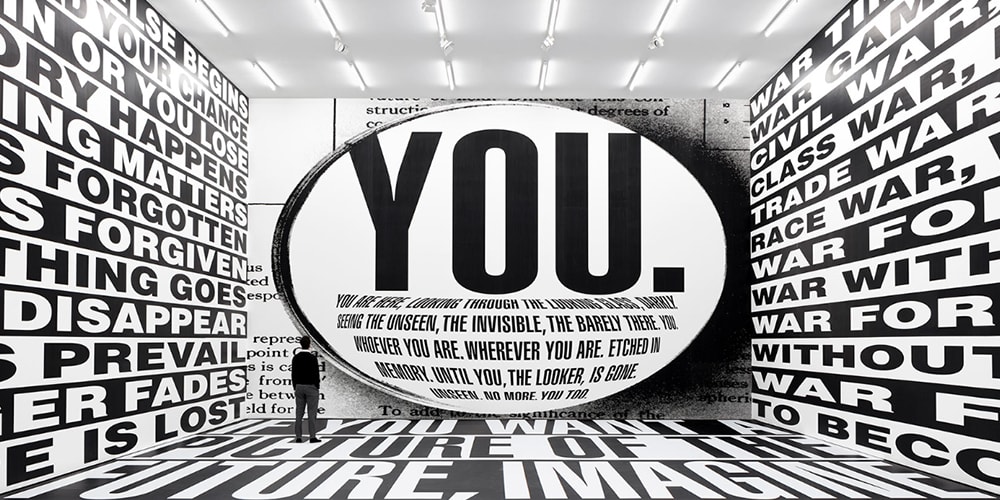



![[Podcast] Problem Framing: Rewire How You Think, Create, and Lead with Rory Sutherland](https://justcreative.com/wp-content/uploads/2025/06/rort-sutherland-35.png)











































































